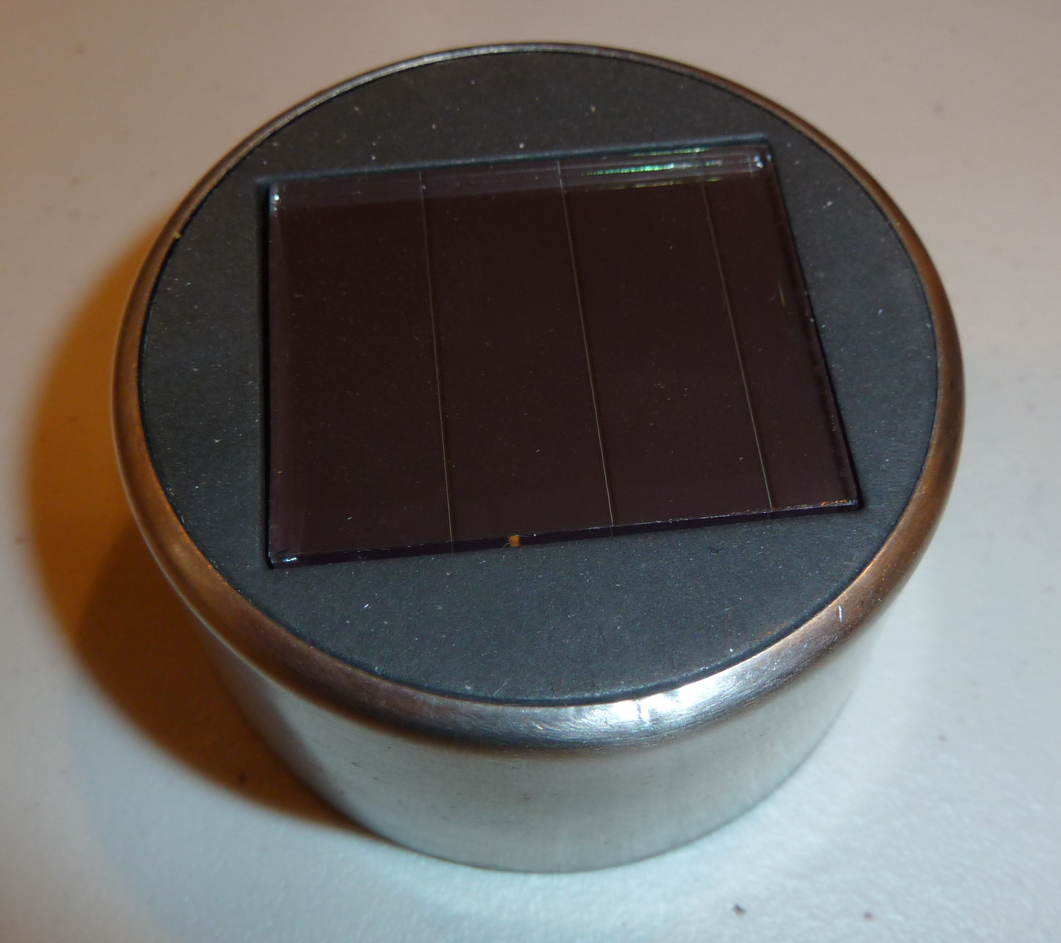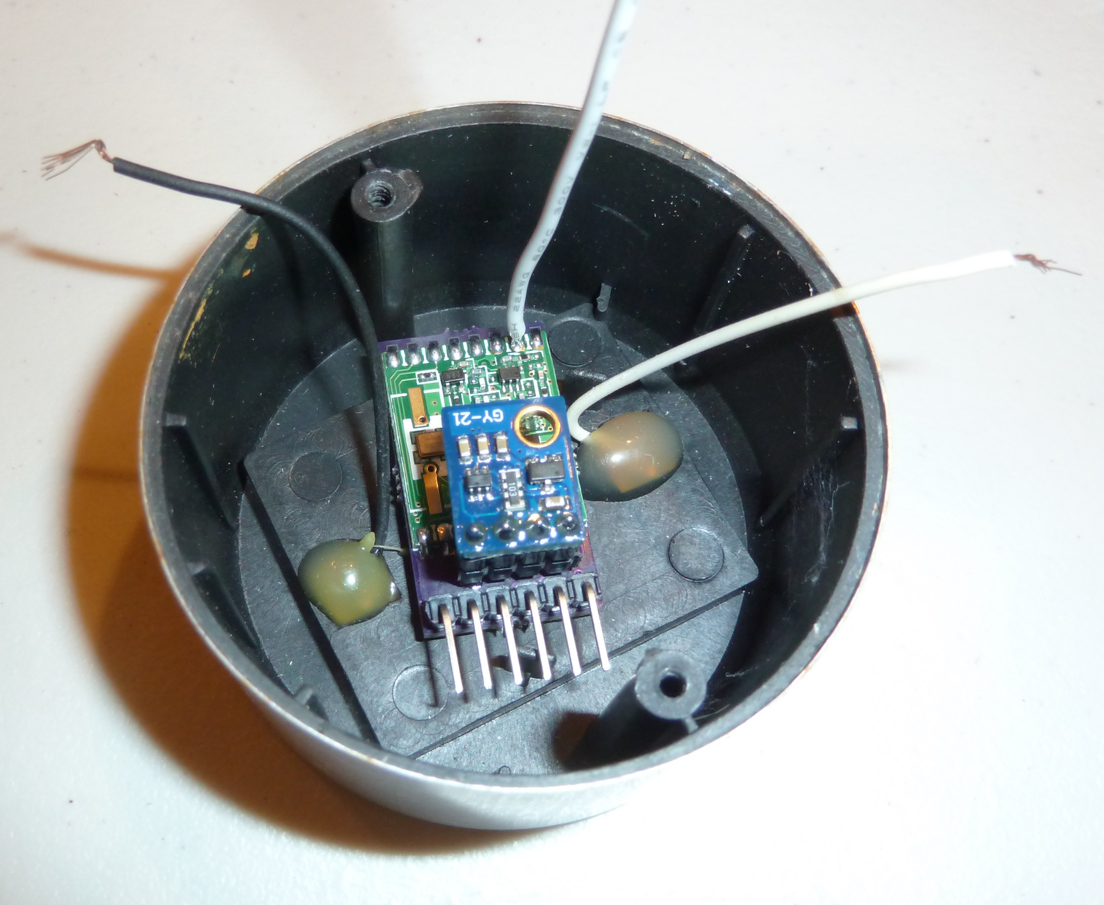Powering mote 24/7 using only a supercap and solar
-
Not sure the answer to that. However, one thing's worth noting: these supercaps behave more like button cells than capacitors. By that I mean: they can have voltage droops and can even have voltage "recovery" after using them a bit. I really didn't expect that going into this, but it's a very significant effect.
-
@gohan said in Powering mote 24/7 using only a supercap and solar:
What do you mean that they behave more like cells?
By that I mean: they can have voltage droops and can even have voltage "recovery" after using them a bit.
An "ideal" capacitor doesn't behave like that.
-
Sorry but I don't understand, I'm not that much into this electronic deep knowledge. By voltage drops are you referring to the small energy drain that the capacitor has?
-
Good news! Last night I did some accelerated load testing on the supercap. First I charged it to 3.6v and then I hooked up an RFM69HW mote which woke up once a second to do 3 things: 1. check the voltage level, 2. turn on an LED for 1ms to simulate a sensor load, and 3. transmit a packet containing the voltage data using the RFM69HW.. Bottom line: 14,111 packets transmitted before running out of juice.
Not bad for a first attempt. :)
-
Good news! Last night I did some accelerated load testing on the supercap. First I charged it to 3.6v and then I hooked up an RFM69HW mote which woke up once a second to do 3 things: 1. check the voltage level, 2. turn on an LED for 1ms to simulate a sensor load, and 3. transmit a packet containing the voltage data using the RFM69HW.. Bottom line: 14,111 packets transmitted before running out of juice.
Not bad for a first attempt. :)
-
@NeverDie Any updates on your progress? Have you received the new boards? Will you be publishing the gerber files?
@agdemars said in Powering mote 24/7 using only a supercap and solar:
@NeverDie Any updates on your progress? Have you received the new boards? Will you be publishing the gerber files?
No, and for a host of reasons. The main reason is this: for most applications, it's overkill. Because this thread had become such a monolog, I continued to evolve the design offline, and along the way I've found that you can get perfectly good results with just an inexpensive mini solar panel, a capacitor, and a simple blocking diode. For the audience on this forum, that's all you really need.
-
You are kind of pioneering in the use of supercap and sensor nodes. I'd like to be part of the discussion, but unfortunately I'm not that good at electronics so I can't contribute much. Probably you are right at using a standard cap you can get comparable results, but I believe you get smaller size with our project
-
@agdemars said in Powering mote 24/7 using only a supercap and solar:
@NeverDie Any updates on your progress? Have you received the new boards? Will you be publishing the gerber files?
No, and for a host of reasons. The main reason is this: for most applications, it's overkill. Because this thread had become such a monolog, I continued to evolve the design offline, and along the way I've found that you can get perfectly good results with just an inexpensive mini solar panel, a capacitor, and a simple blocking diode. For the audience on this forum, that's all you really need.
-
Would it be feasible to implement mppt in software? From what I understand, the atmega328 pwm works in power-save mode (but not in power-down). Power-save mode consumes 1uA. Could the charging speed be controlled by pwm and adjusted periodically by the mcu, to keep the load on the solar cell at maximum power?
-
Would it be feasible to implement mppt in software? From what I understand, the atmega328 pwm works in power-save mode (but not in power-down). Power-save mode consumes 1uA. Could the charging speed be controlled by pwm and adjusted periodically by the mcu, to keep the load on the solar cell at maximum power?
@mfalkvidd said in Powering mote 24/7 using only a supercap and solar:
Would it be feasible to implement mppt in software? From what I understand, the atmega328 pwm works in power-save mode (but not in power-down). Power-save mode consumes 1uA. Could the charging speed be controlled by pwm and adjusted periodically by the mcu, to keep the load on the solar cell at maximum power?
Like you, I've also wondered what kind of MPPT might be built by leveraging an mcu and just simple components. There is a guy on youtube ( https://youtu.be/JXSRXUiUA6M ) who built his own arduino MPPT charge controller from scratch, though for a much bigger solar panel. For me, the real quesation is: why aren't there more chips that offer a proper MPPT? It seems like a rather bizarre gap in the market.
-
@gohan
Let's put it this way: there's probably nothing I could achieve with MPPT that I couldn't achieve with a sufficiently bigger solar panel. So, if space isn't a concern, the economics tend to favor buying bigger mini solar panels, because mini solar panels are fairly cheap from China (cheaper than buying the BQ25504 chip). On the other hand, for large 100watt or above solar panels, it's more economic to add MPPT, because an MPPT charge controller is cheap compared to, say, doubling an already expensive solar panel.That said, there may be other features of the chip that you may want anyway, like charge termination or a "battery_OK" pin to power-on your atmega328p when the voltage gets to an acceptible level. So, you could create those by other means, or you could buy a package with those features and which also happens to have MPPT at some incremental cost.
So, it's six of one, half a dozen of the other.
-
What I finally arrived at was this:
https://www.openhardware.io/view/396/Simple-Solar-Supercap-Charger
which is both less expensive and easier to assemble. -
Anyone already doing it?
Seems like all that's needed is a supercap with low enough leakage current such that harvested solar energy exceeds leakage current per 24 hour cycle.
Yesterday I ordered a few boost converters to play around with: an AAT1217, an LTC3105, an MP3418, and an L6920DTR. Out of those four different boost converters, hopefully at least one will prove adequate. Maybe all of them will. Either way, I'm sure to learn something about what's ultimately needed.
I checked the unloaded voltage on an el cheapo solar cell (scavanged from a $1 garden light), and it came out around 1v under indoor ambient light conditions, near a window on a darkly overcast, rainy day with no indoor lights on. That's higher than what I was expecting. Of course, how much of that is ephemeral and how much of it is solid under load remains to be seen, and I guess that's part of what I'll be learning.



For illustration purposes, I put a little TH mote inside it.@NeverDie actually I have done that, feeding an attiny85 and also an Atmega328 ("barebones" arduino) 2x1.5F capacitors. all on a 6 volt solar cel and a low drop regulator
The gardenlamp is quite handy as well, but better put some sealant on the edges of tha small solarcell as they do tend to leak. You will find everything has rusted inside after using it a season. Nevertheless, have been able to run an attiny on it
-
@NeverDie actually I have done that, feeding an attiny85 and also an Atmega328 ("barebones" arduino) 2x1.5F capacitors. all on a 6 volt solar cel and a low drop regulator
The gardenlamp is quite handy as well, but better put some sealant on the edges of tha small solarcell as they do tend to leak. You will find everything has rusted inside after using it a season. Nevertheless, have been able to run an attiny on it
The gardenlamp is quite handy as well, but better put some sealant on the edges of tha small solarcell as they do tend to leak. You will find everything has rusted inside after using it a season.
Yeah, corrosion is a huge problem with the chinese ones because it seems many of their components are incredibly prone to rusting (even including their wire!). Go figure on that one. Potting epoxy will cost you much more than the garden light. I think polyurethane spray foam may be the cheapest way to weatherproof them, and it's readily available.
